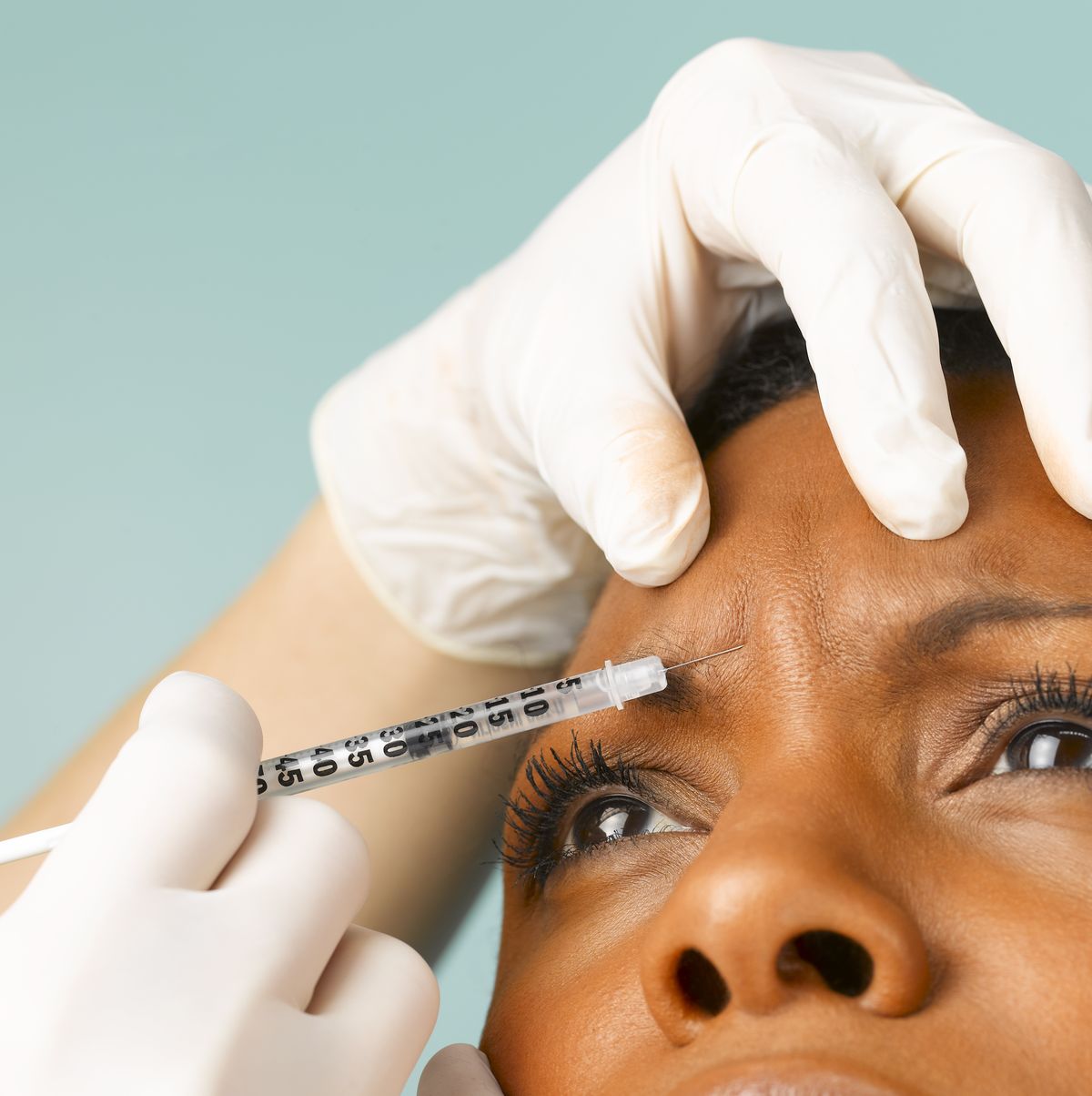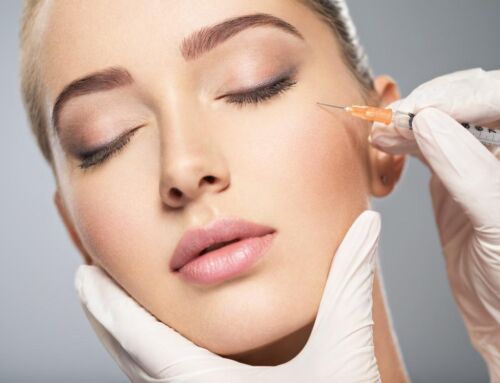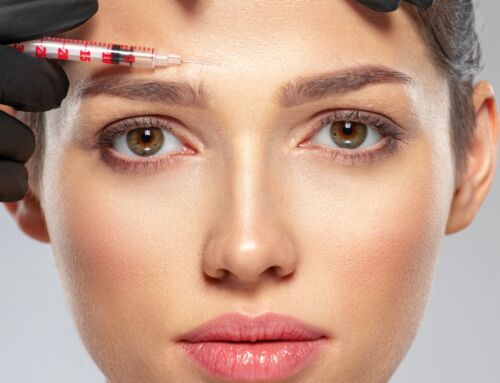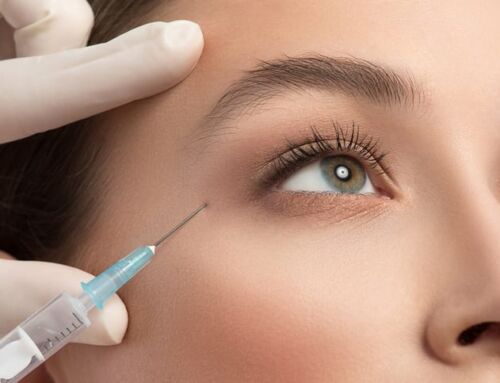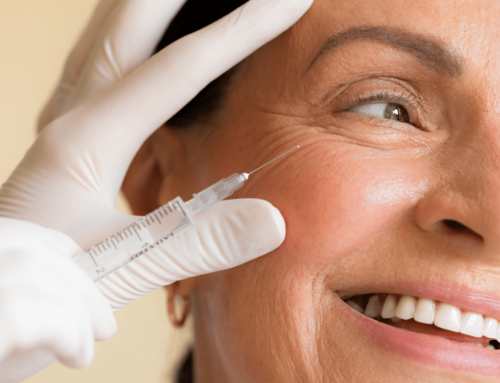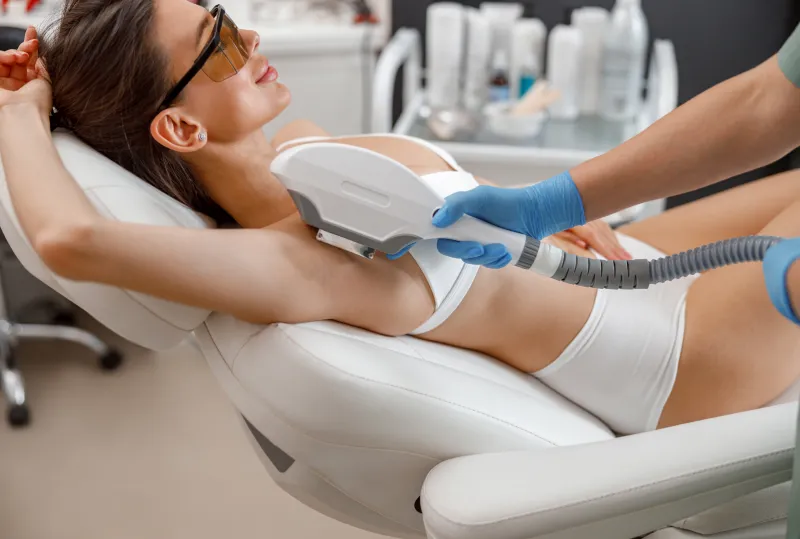Botox: An Exploration of Its History, Uses, and Effect
Introduction:
Botox, short for botulinum toxin, has become a household name in the world of cosmetic procedures. In this essay, we will delve into the history, diverse uses, and effects of Botox. Understanding its origins, applications, and potential benefits and risks is crucial in navigating the realm of this popular injectable treatment.
From Poison to Beauty Enhancer: The Fascinating History of Botox
The history of Botox dates back to the early 19th century when it was first discovered as a potent neurotoxin. Initially used for medical purposes, it eventually found its way into cosmetic dermatology as a powerful tool for reducing the appearance of wrinkles and fine lines. Exploring the journey of Botox from its toxic origins to its current use is a fascinating glimpse into the evolution of medical aesthetics.
Beyond Wrinkle Reduction: The Versatility of Botox
While Botox is commonly associated with its wrinkle-smoothing abilities, its uses extend far beyond cosmetic enhancements. Medical applications of Botox include treating muscle spasms, reducing excessive sweating, managing migraines, and even aiding in the treatment of certain neurological disorders. The versatility of Botox highlights its potential as a therapeutic agent beyond the realm of beauty.
The Mechanism of Action: How Botox Works
Understanding how Botox works is essential in comprehending its effects. Botox is a neurotoxin that temporarily paralyzes muscles by blocking the nerve signals that cause them to contract. By targeting specific facial muscles, Botox can relax them, leading to a smoother and more youthful appearance. Exploring the intricate mechanism behind Botox’s effects sheds light on its scientific underpinnings.
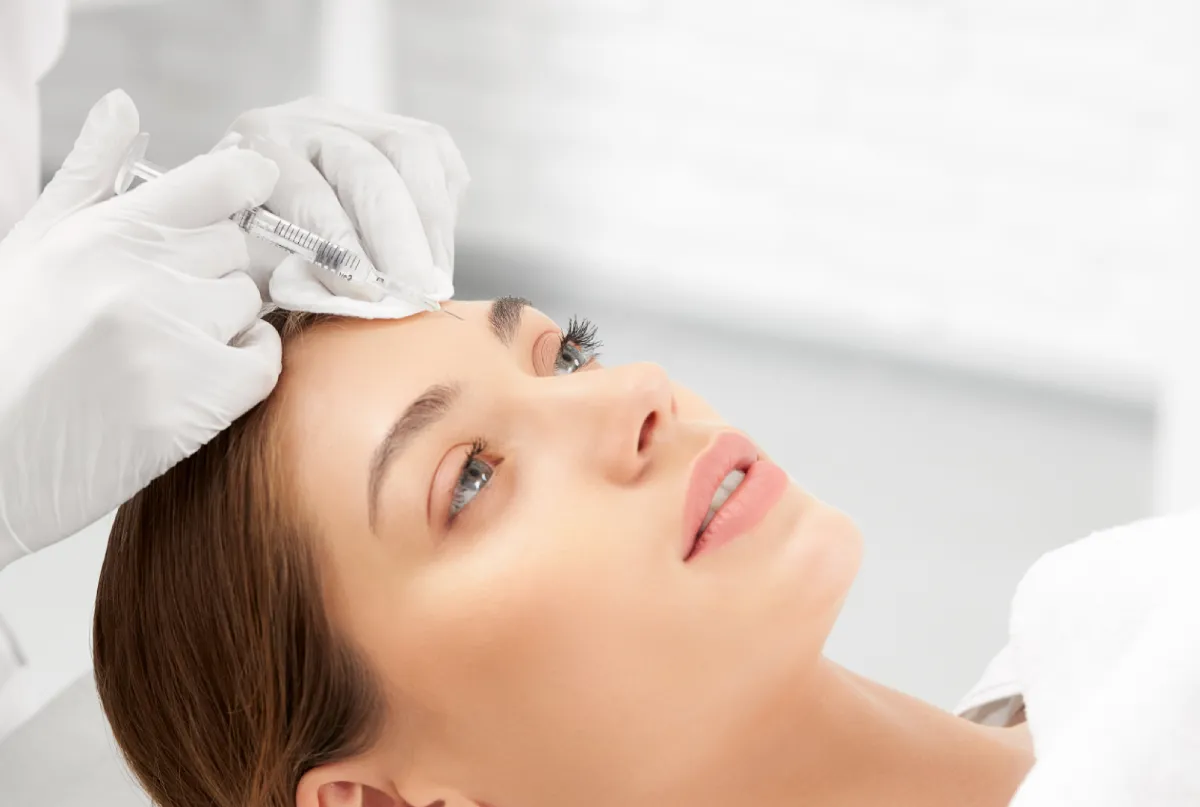
The Desired Effects: Wrinkle Reduction and Facial Rejuvenation
Among the most sought-after effects of Botox are the reduction of wrinkles and the rejuvenation of the face. Botox injections can help smooth out dynamic wrinkles, such as crow’s feet or frown lines, resulting in a softer and refreshed appearance. Understanding how Botox achieves these effects and the duration they typically last allows individuals to make informed decisions about the treatment.
Potential Side Effects and Risks of Botox
Like any medical procedure, Botox is not without risks. Although complications are relatively rare, possible side effects may include bruising, swelling, muscle weakness, or even asymmetry if administered incorrectly. Gaining knowledge about potential risks and engaging in open communication with a qualified healthcare provider is crucial in mitigating these risks and ensuring safe and effective treatment.
Cultural Perceptions and Ethical Considerations
The widespread use of Botox raises cultural and ethical questions around beauty standards and the pursuit of perpetual youth. Examining the cultural implications of Botox usage and its impact on society’s perception of aging can provide insights into the complex relationship between beauty ideals, self-image, and societal pressure.
Conclusion
Botox’s history, diverse uses, and effects paint a complex picture of this influential cosmetic procedure. From its origins as a deadly toxin to its medical and aesthetic applications, Botox has significantly impacted the realms of dermatology and neuromuscular medicine. Acknowledging both its potential benefits and risks is essential for individuals considering Botox treatments, ensuring informed decisions tailored to their specific needs and desires.
This essay aimed to explore the multifaceted nature of Botox by discussing its history, uses, effects, and associated considerations. By gaining a comprehensive understanding of Botox, individuals can navigate its application in the realm of both cosmetic and medical treatments in a more informed manner.
